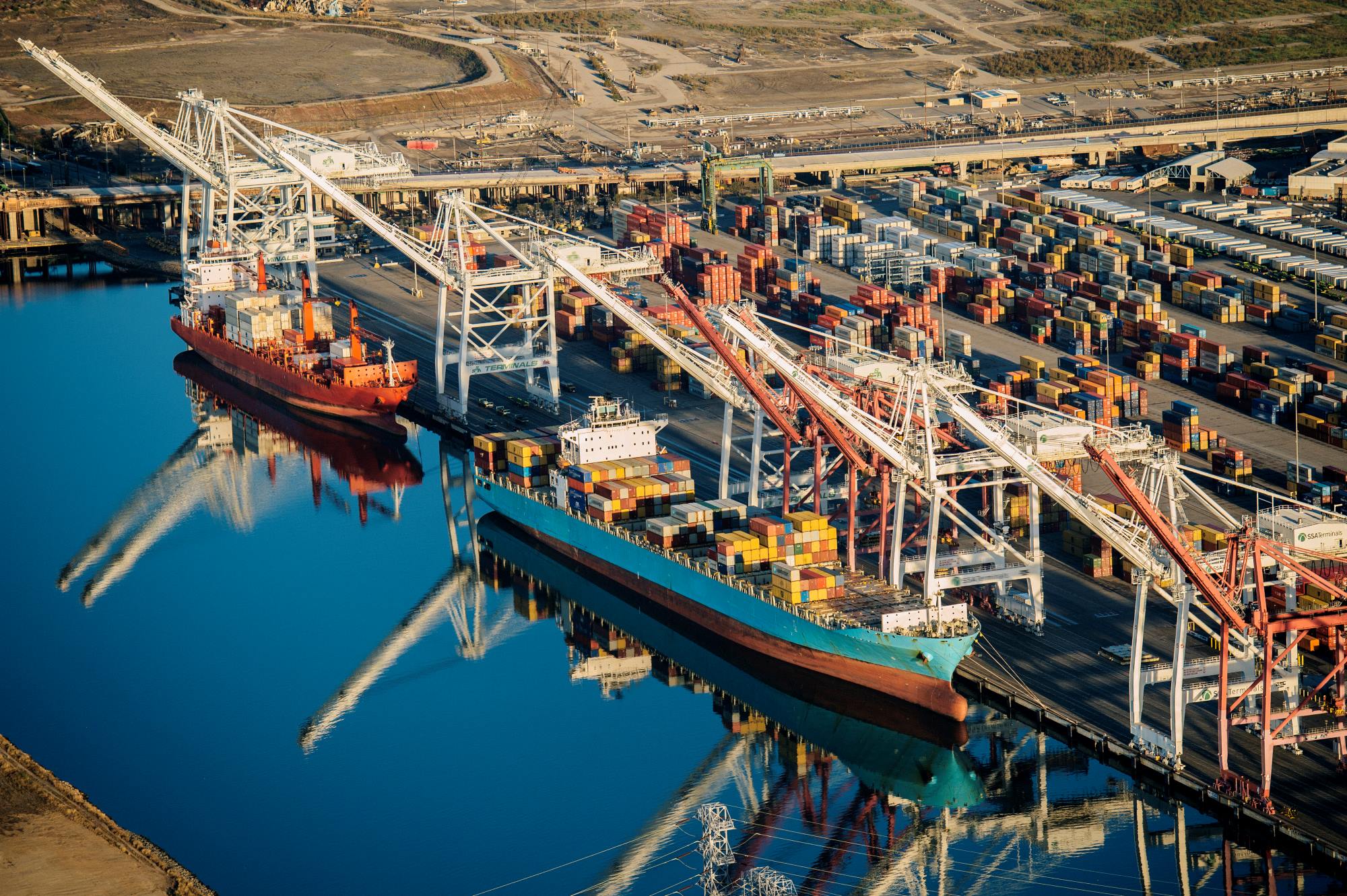Major shipping companies are actively seeking non-Chinese financial sources to circumvent the high fees imposed at US ports, signaling a strategic shift in global logistics financing.
Over recent months, US port fees have surged significantly, impacting shipping companies’ operational costs and prompting a search for alternative funding options. Industry analysts estimate that the fees at major ports like Los Angeles and Long Beach have increased by up to 20% compared to previous years, putting pressure on shipping firms to find cost-effective solutions.
The trend toward non-Chinese financing sources reflects broader geopolitical and economic considerations. Shipping corporations are increasingly wary of over-reliance on Chinese banks and financial institutions, especially amid ongoing trade tensions and concerns over supply chain security. As a result, companies are turning to financial institutions from Europe, the Middle East, and North America for funding and liquidity support.
This strategic move could reshape the landscape of maritime finance, potentially diversifying funding sources and reducing dependence on Chinese financial institutions. Major shipping companies such as Maersk, CMA CGM, and COSCO are reportedly exploring options like bond issuance in Western markets and establishing partnerships with European financial firms to fund their US port operations.
Market experts suggest that this shift could lead to more competitive financing terms for shipping companies and mitigate risks associated with geopolitical tensions. However, it may also introduce new complexities in securing and managing financing, as cross-border financial arrangements become more intricate.
In the broader context, this development signals a potential recalibration of global supply chain finance, with companies prioritizing diversification and resilience amid rising costs and geopolitical uncertainties. Industry observers are closely watching how these financial strategies evolve and influence shipping costs and logistics operations in the coming months.
Looking ahead, stakeholders anticipate that the increased focus on alternative finance sources will impact shipping rates, port congestion, and supply chain stability. The next few quarters will be critical in assessing the effectiveness of these financial shifts and their impact on global trade flows.
What are the main reasons shipping companies are seeking non-Chinese finance?
They aim to reduce dependency on Chinese financial institutions and mitigate risks associated with geopolitical tensions and trade disputes.
How might this shift affect US port fees and shipping costs?
It could lead to more competitive financing options, potentially lowering overall shipping costs and alleviating the burden of high US port fees.
What are the potential risks of switching to non-Chinese financial sources?
Challenges include navigating more complex international financial arrangements and potential difficulties in securing favorable terms outside China.







